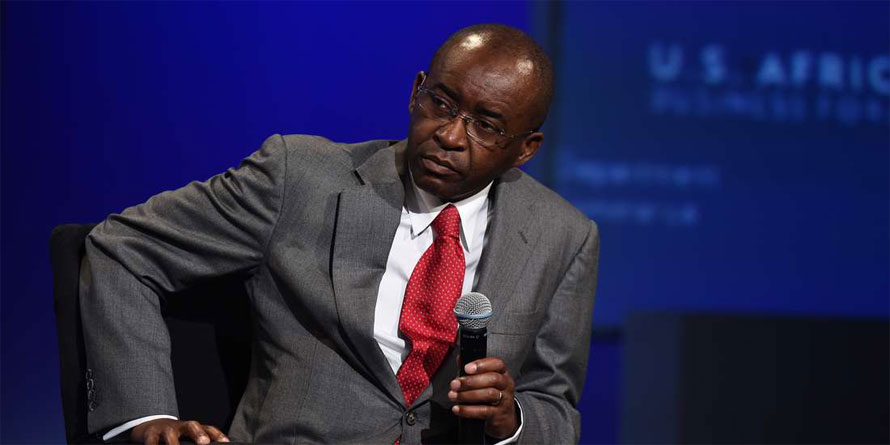A UNICEF report released on Tuesday reveals stagnation in access to digital learning made during the COVID-19 pandemic, as one-third of nationally developed platforms have entirely shutdown, are outdated, or no longer fully functional, limiting learning approaches to help schoolchildren recover their education.
The report, “Pulse Check on Digital Learning”, examines the current state of digital learning by focusing on five vitals, including policies and financing, platforms and content, teachers and school leadership, digital literacy and holistic learning opportunities. They also mapped 471 national digital platforms developed by UNICEF to aid learning in 184 countries.
Results indicate that while many countries developed these digital platforms, many of them can’t function without internet use and yet data shows half of the world’s population is still offline. In high income countries, 49% of the platforms offer offline functionality whereas only 18% offer such functionality in low-income countries.
This shows a worrying trend since according to experts, when planned and facilitated effectively, quality, inclusive, and equitable digital learning opportunities can complement other learning approaches and help schoolchildren catch up on what they missed during the pandemic and the pre-existing learning crisis.
“Nearly 90 per cent of National Statements of Commitment made at the Transforming Education Summit highlighted digital learning and the need to strengthen it,” said UN Special Adviser for the Summit, Leonardo Garnier. “To truly harness the potential of technology, we need to avoid simply replicating in the digital form the mistakes made in traditional in-person instruction. When applied with sound pedagogical approaches, technology can help put learners at the center, enabling the creation of student communities bonded by common questions and interests.”
But apart from connectivity with the platforms, UNICEF also assessed whether the content provided is engaging enough to foster student-focused learning and they found majority at 67% do not, with most offering only static content like videos and PDFs of textbooks.
When it comes to inclusiveness, only 22 per cent of digital learning platforms contain features to make them accessible to children with disabilities. Even among the few, the provisions are basic, such as closed captions for videos.
Critically, 85 per cent of platforms were mobile-friendly, the most commonly available modality for digital learning in low- and middle-income countries. Most digital learning platforms (84%) offered features using all of a country’s national languages.
The report calls on policymakers, private sector, research agencies, international and local organizations, and civil society to prioritize a holistic approach to education. This includes the incorporation of digital learning in national policies and plans; increasing resources dedicated to digital learning; addressing the digital and usage divides; training and empowering teachers and school leaders, as well as learners and caregivers; and meeting school children where they are in their learning through entertaining and educational content and a mix of technologies.
Commenting on the report, UNICEF Director of Education Robert Jenkins said governments are at a pivotal point of either continuing with the status quo, which runs the risk of failing to educate an entire generation, or making trend-altering investments in cost-effective initiatives such as digital learning to transform their education systems.
-URN





